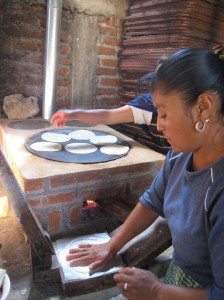Hi everyone!
Thank you for the very nice comments from teachers, students and parents alike! I am sorry I did not keep up with my blogging the whole time, but it was difficult to get internet access as well as it was very hard to find the time to blog when you leave at 8:30am every morning and get home after 11pm every night!
So, here I am to tell you more about my trip!
Today we went to the Republica Ecuador School on the island of Pacanda in Lake Patzcuaro. The school is rather small compared to Leeds Avenue School! There were approximately 45-50 students in grades 1st-6th. I visited all of the classrooms, but spent most of my time with the 3rd/4th grade class. The kids were very sweet and some were shy. Here are a few photos of the students in their traditional clothes:


 Here are some of the boys performing a traditional dance! Don’t they look handsome?
Here are some of the boys performing a traditional dance! Don’t they look handsome?

The mothers of the school children prepared a feast for all of us! Here is a woman preparing the corn husks to make tamales. Ms. Lenahan even put her hands in the masa and made a few herself!

Here is one of the mothers preparing tortillas. The students eat tortillas with beans and rice every day for lunch. Do you think they might want to eat pizza on Fridays like we do?
It is time for me to go to bed, so I will end this post here. I will continue telling you more about my magical Mexico journey tomorrow. Until then–buenos noches niños y niñas!




